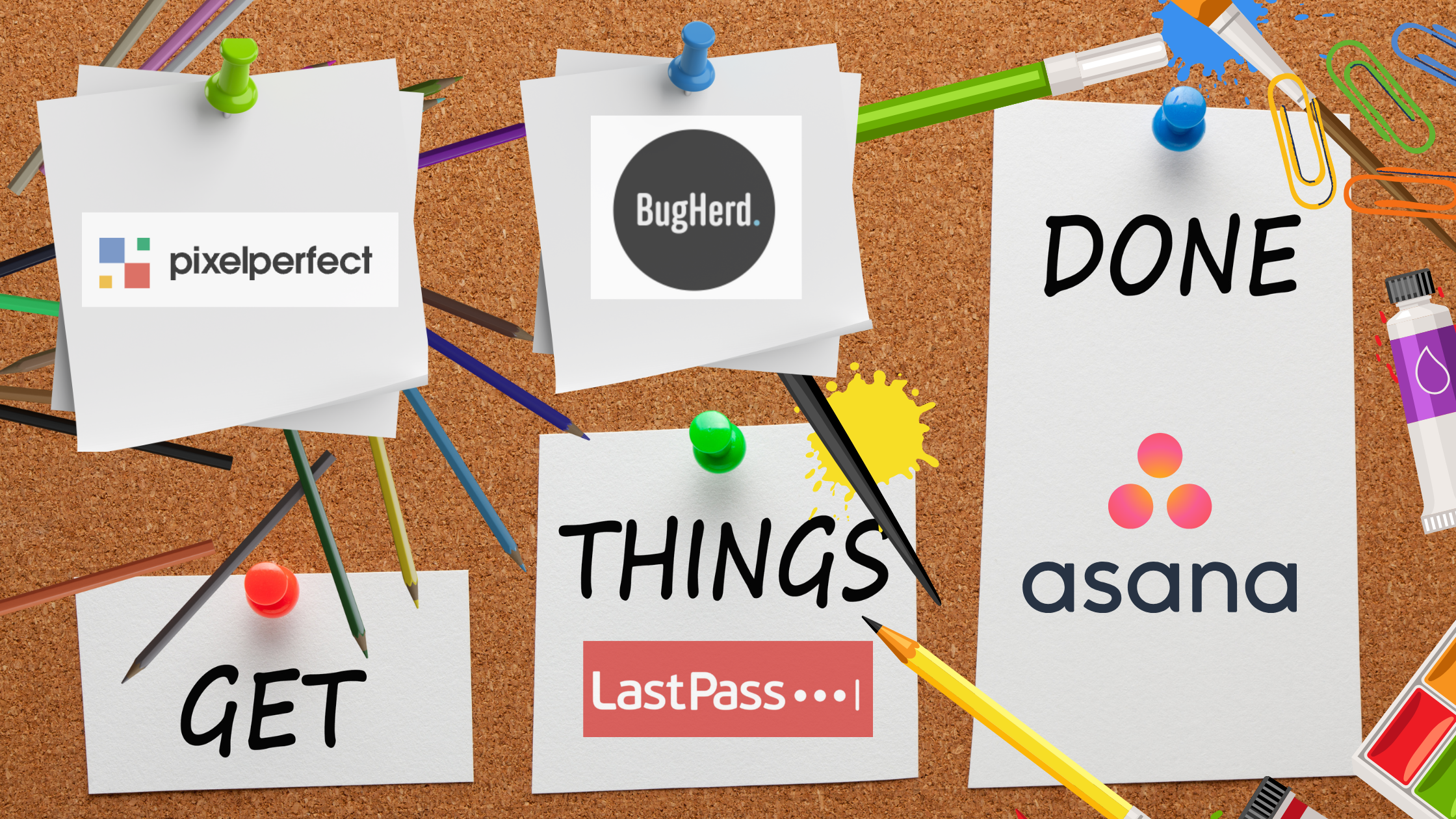
Did you know 54% of marketing agency business models in the past two years have seen constant adjustment to meet market demands? From specialist in-house teams to white-label partnerships, agencies are experimenting with every possible mix to balance cost and flexibility.
We’ll not only weigh each marketing agency business model, but also show you how to structure an agency approach for scalable and sustainable growth. Explore with us the differences and advantages of each business model.
The Traditional In-House Marketing Agency Model
Managing your marketing entirely in-house means building a dedicated team who will live and breathe your brand every day. This setup promises deep alignment but it also carries a hefty price tag and fixed commitments.
The advantages of an In-House Marketing Model:
- Complete Brand Immersion: Your team lives and works within your culture, absorbing brand values and customer insights organically.
- Total Control and Accountability: Direct reporting lines simplify approvals and performance tracking.
- Long-term knowledge retention: Project knowledge accumulates over time, reducing ramp-up for recurring campaigns.
An in-house setup delivers unmatched brand stewardship and deep institutional memory, but as market demands accelerate, agencies are choosing freelance talent to meet rising demands in the market.
The Rise of the Freelance Marketing Agency
Managing your marketing through a network of independent specialists means tapping on-demand talent for each campaign. Freelancers offer variable capacity, niche expertise and cost flexibility, which is ideal for agencies that need to pivot quickly without the commitment of full-time hires.
The advantages of a Freelance model:
- Cost flexibility: Scale spend up or down by engaging freelancers only when needed.
- Access to specialist skills: Bring in experts for SEO, design or emerging channels.
- Rapid scalability: Assemble project teams in days rather than months.
- Fresh external perspectives: Freelancers inject insights gathered from diverse industries.
Freelancers bring agility and deep expertise, but when consistency and turnkey scalability become priorities, agencies turn to white-label partnerships.
Embracing White-Label Marketing Agency Partnerships
Partnering with a white-label provider means outsourcing entire service lines or campaigns under your own brand. You gain turnkey access to specialist teams, processes and technologies without the headaches of recruitment or training.
Advantages of White-Label Partnerships:
- Turnkey scalability: Plug in full-service capabilities overnight.
- Consistent deliverables: Standardised workflows ensure uniform quality.
- Reduced management overhead: One point of contact for multi-discipline execution.
- Access to proven expertise: Leverage partner agencies’ battle-tested strategies.
White-label partnerships bring consistency and scale, yet the true competitive edge lies in a hybrid marketing approach tailor-made for evolving demands.
Hybrid Marketing Approach
A hybrid model weaves together in-house teams, freelance specialists, and white-label partners to deliver a tailored balance of expertise and scalability.
Advantages of a Hybrid Model:
- Balanced cost structure: Maintain core salaries while flexing spend on freelancers and white-label retainers.
- Optimised expertise mix: Leverage permanent brand knowledge alongside niche skills and proven agency processes.
- Strategic flexibility: Shift workloads dynamically based on campaign priorities and market opportunities.
- Enhanced resilience: Diversify resource pools to avoid capacity crunches or single-vendor dependencies.
Each model carves out its own sweet spot. Next, we’ll line up all four approaches side by side to pinpoint which best drives your agency forward.
Model Comparisons
Choosing the right agency structure hinges on workflow dynamics, budget flexibility and expertise needs.
The table below compares different aspects of each model:
| Criteria | In-House | Freelance | White-Label | Hybrid |
| Cost Efficiency | Low | Medium | Medium | High |
| Brand Control | High | Low | Medium | High |
| Agility | Low | High | Medium | High |
| Expertise Depth | Medium | High | High | High |
| Management Complexity | Low | High | Medium | Very High |
These show that a Hybrid approach, which takes advantage of all the other models, has the best overall performance. Despite this, the hybrid approach is the hardest to manage as in-house, freelance and white-label manpower need to be managed on a project-by-project basis.
Before committing to a hybrid framework, weigh these trade-offs against your agency’s size and operational bandwidth to ensure you can manage the added complexity.
Insights for Sustainable Growth
Agencies that strike a balance tend to hit their stride. The in-house team anchors brand strategy and maintains institutional memory, freelancers inject fresh ideas and specialised skills on demand, while white-label providers absorb overflow or niche technical work without derailing budgets.
As you scale, shifting to a 40% in-house, 40% freelance and 20% white-label split can help keep fixed costs lean while maximising agility. This blend empowers rapid experimentation on new channels and ensures you have reliable capacity for high-volume campaigns or specialised services.
Remember, these ratios aren’t a one-time fix. Review your project mix, profitability and client satisfaction quarterly, then recalibrate your resource allocation to match evolving priorities. This is so your agency remains innovative and primed for sustainable growth.
Your next steps
Putting these model comparisons and hybrid principles into action will reshape your agency’s resource strategy. You’ll move from ad-hoc vendor hires to a streamlined workflow that adapts as your projects evolve.
As a white label agency, we equip you with resource-allocation playbooks, centralised collaboration platforms, client-ready templates and structured sync cadences.
Ready to architect your ideal blend of in-house, freelance and white-label resources?
Related Articles
Why Choose Us?
With decades of experience and a dedicated team, we are committed to delivering high-quality web development services. Our client-centric approach ensures that we understand your needs and provide solutions that exceed your expectations.







